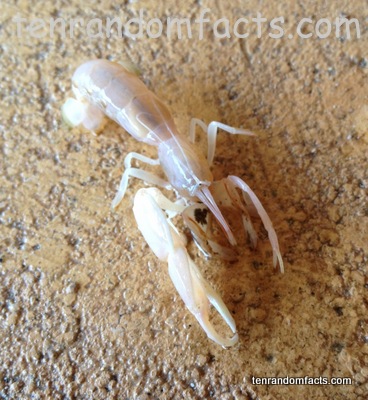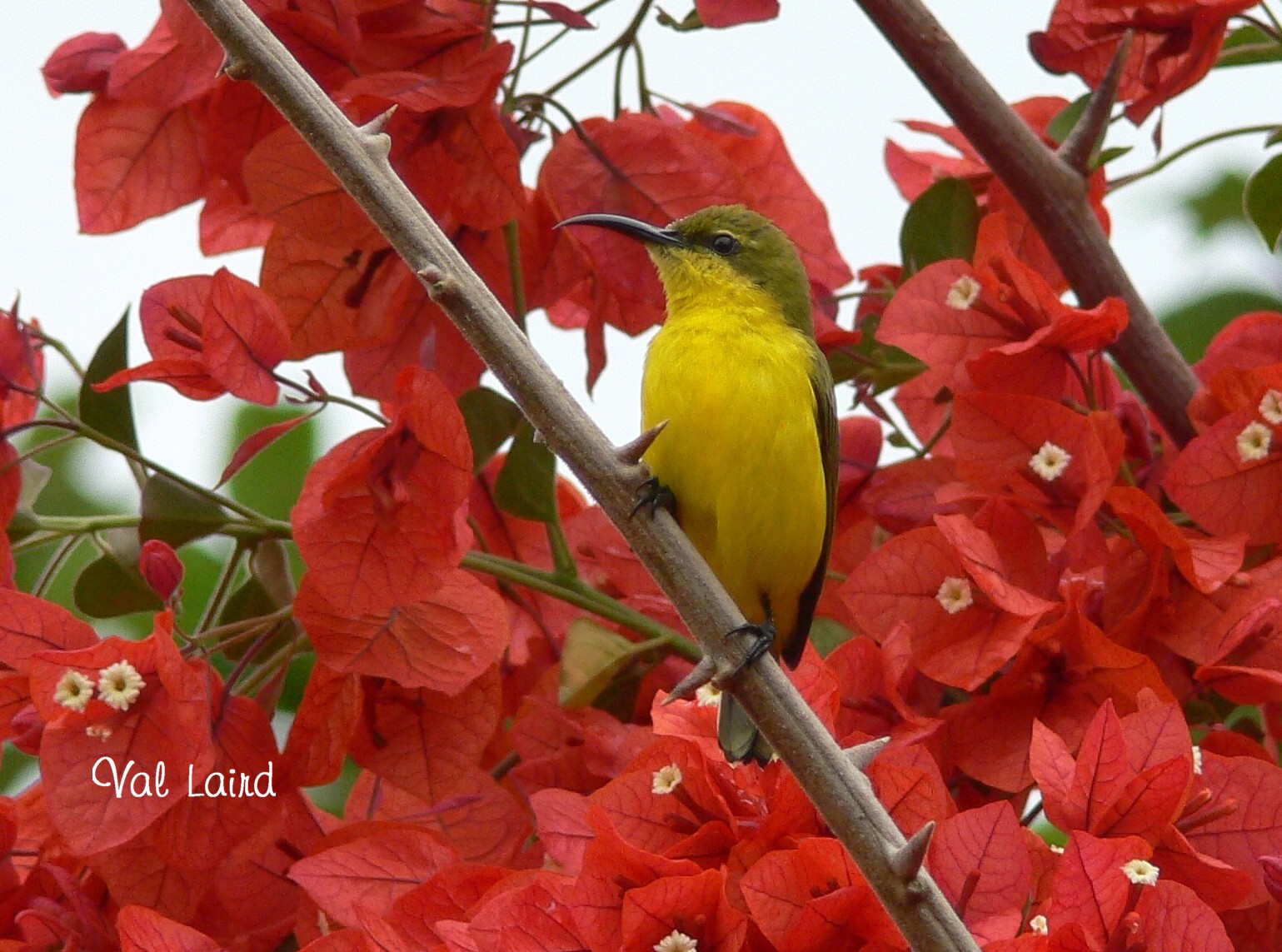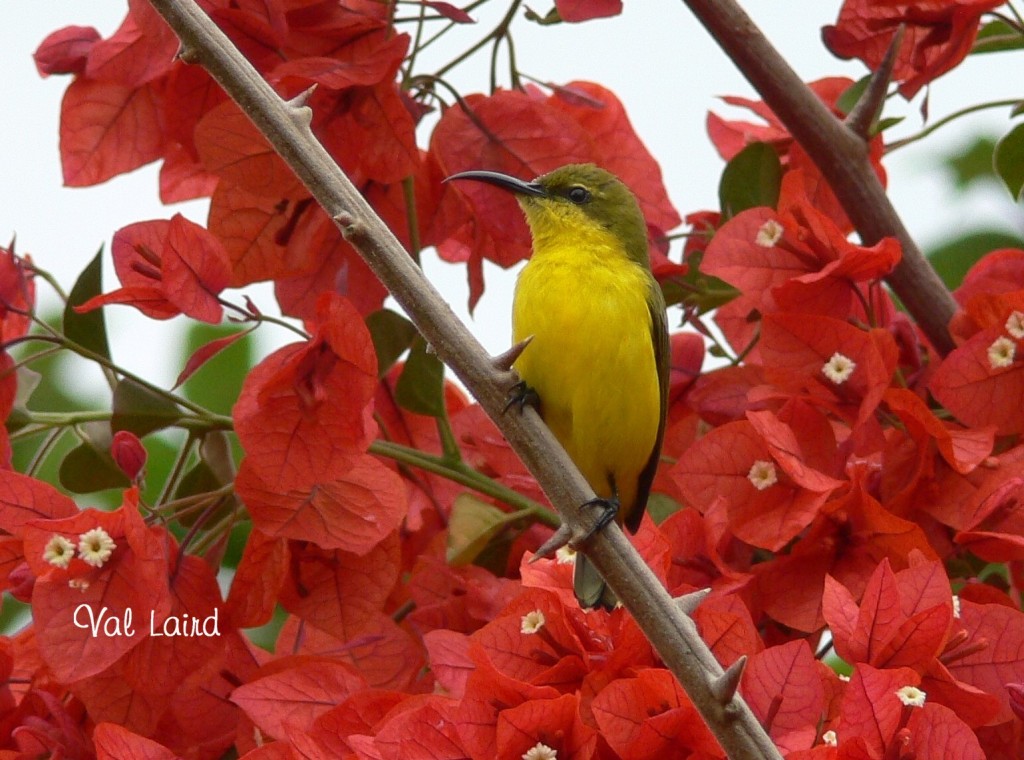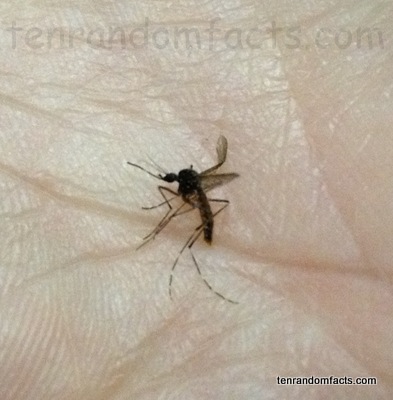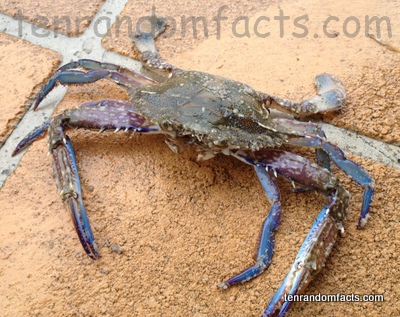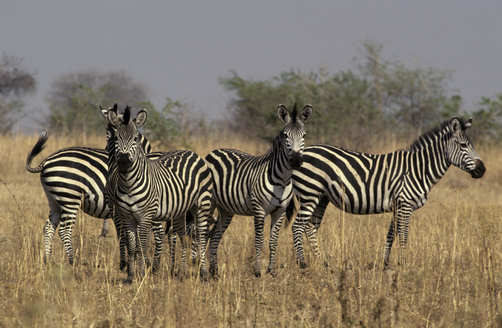
Black and white stripes.
- Zebras are from the family Equidae, which is the family of horses, although they are generally slower than their cousins, and they run in a zig zag line when chased.
- Zebras are known for their black and white stripey patterns that cover their body, head and legs, with no two zebras having the exact same pattern.
- Zebras are found in African grasslands, scrublands, woodlands, mountainous areas, savannas, and coastal areas.
- There are three different species of zebras, plains zebras; mountain zebras; and Grévy’s zebras, with the plains zebras being the most common, and the other two species are endangered.
- One sub species of plains zebra is extinct due to hunting – the quagga, which did not have a full body of stripes.
Zebras
Image courtesy of National Geographic
- Tests have shown that the stripes on zebras help reduce the attractiveness of flies.
- Zebras grow up to 350 kg (770 pounds) in weight and between 1 and 1.6 metres (3 ft 2 and 5 ft 3) to their shoulder in height.
- Zebras are herbivores, and mainly eat grass, and can exist on low quality feed.
- Zebras always sleep standing up, but they only do it when there are fellow zebras on watch for predators like lions and hyenas.
- Zebras have not been domesticated due to their panicky and unpredictable nature, although there have been single cases of zebras trained for human use.




